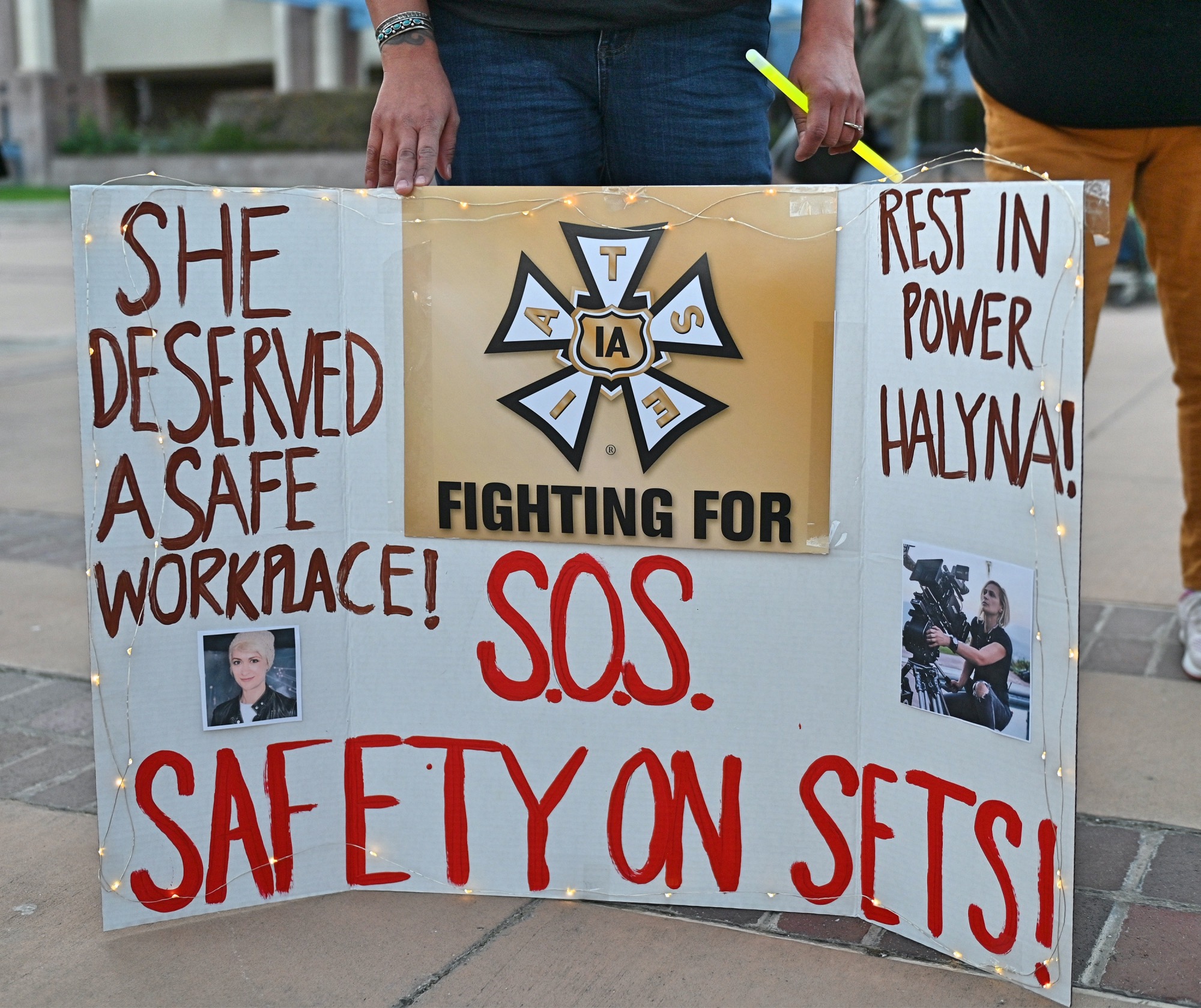
- Industry
Death on the Set: Is Filming Dangerous?
Back in the dawn of cinema, in the silent era, a star died young – 31 years old – as a result of something that seemed to follow the new industry: serious safety risks on set.
In 1919, Wallace Reid, a rising actor whose goal was to become a director, was seriously injured in a train wreck while on his way to the set of The Valley of the Giants in Portland, Oregon. Reid received treatment but the main goal of the project was to keep him in front of the camera, no matter his many stitches and increasing pain.
To do so, Reid was offered increasing quantities of morphine. He made the cut and the picture hit the screens. Reid died a few years later, a victim of bigger and bigger intakes of morphine and alcohol.
The story never really ended there. In 1922, stunt pilot Jean Perkins was working on Around the World in Eighteen Days. He died when he fell from a rope ladder off the side of the plane. In 1925, in the first version of Ben Hur, a stuntman died when a wheel of his chariot broke in the soon-to-be classic chariot race.
In 1930, three pilots were killed during a war scene in Hell’s Angels (director Howard Hughes was seriously hurt when he played a pilot in a separate accident). Three stuntmen died in front of the camera in a cavalry charge scene for They Died with Their Boots On in 1941.
As the industry evolved, it became clear that safety rules and protections needed to be put in place to safeguard all involved, from stars to stunts, technicians to supporting actors, camera operators, animal handlers, armorers, and everyone involved in a business and art that offers both excitement and risk.
Compared to the disasters of the first years, accidents seemed less tragic, with falls, concussions, twisted ankles, and burns. But despite the rules and the regulations, from 1980 to 1990, 37 people died in accidents during scenes and stunts (24 involving helicopters) in the United States. According to the Associated Press, from 1990 to 2014, TV and film sets had 194 serious accidents and at least 43 deaths in the US alone.
Alec Baldwin, star and producer of the western Rust, has been charged with involuntary manslaughter in the deadly shooting on the New Mexico set that killed cinematographer Halyna Hutchins in 2021. Hannah Gutierrez-Reed, the armorer who managed all guns and arms on set, was also charged. Both may face jail sentences of up to a year and a half.
The scene that ended in death was a rehearsal. Baldwin needed to point his gun at the camera and shoot. Hutchins, however, was behind the camera, and the gun had a live bullet.
“After a thorough review of the evidence and the laws of the state of New Mexico, I have determined that there is sufficient evidence to file criminal charges against Alec Baldwin and other members of the Rust film crew,” said District Attorney Mary Carmack-Altwies in a statement released last Thursday morning. “On my watch, no one is above the law, and everyone deserves justice.”
The Screen Actors Guild supports Baldwin, one of the Guild’s many members.
Two not-so-distant set tragedies that ended in deaths did not receive severe penalizations.
In 1982, a scene for Twilight Zone: The Movie, directed by John Landis, called for actor Vic Morrow to protect two children during a battle. While Morrow ran with two child actors – Renee Shin-Yi Chen and My-ca Dinh Le – explosives detonated more violently than expected, bringing down a helicopter above them. The helicopter’s main rotor killed Morrow and the children. Four other members of the crew, including the helicopter pilot, died.
In 1993, Brandon Lee, actor and son of Bruce Lee, was a victim of a faulty gun similar to the accident on Rust. Lee played The Crow himself – a superhero who rises after death. During the filming of a scene, the tip of a .44 caliber bullet was stuck in the gun’s barrel, piercing Lee’s abdomen and lodging in his spine.
Both cases ended without any penalties. The Twilight Zone case was considered involuntary manslaughter. After a long trial, all individuals involved were acquitted in May 1987. In the case of The Crow, the police investigation found no evidence of criminal wrongdoing, and no charges were filed.
Many serious and lethal accidents still happen despite stricter safety rules and precautions. In 2014, a camera assistant, Sarah Jones, died when an unannounced train hit her while she was helping to prepare a shot across train tracks in the production of Midnight Rider. A stuntman for AMC’s The Walking Dead died from a fall from a balcony in Georgia in 2017. In 2019 a fire broke out on one set of Motherless Brooklyn, and a firefighter, Lieutenant Michael Davidson, died in the blaze.
Serious accidents have also left stuntpeople and crew personnel victims of multiple and life-changing injuries like Olivia Jackson, the stuntwoman for Milla Jovovich during the shooting of Resident Evil: The Final Chapter in 2015. Jackson’s motorcycle crashed into camera equipment, leaving her with multiple injuries and resulting in a partial amputation of her left arm.
The fast development of digital tools can give filmmakers the power to create spectacular and dangerous scenes. In cinema, we all like to watch the daring, dramatic, fantastic, and be in awe. But we do not want anyone hurt in the process of creating magic.

